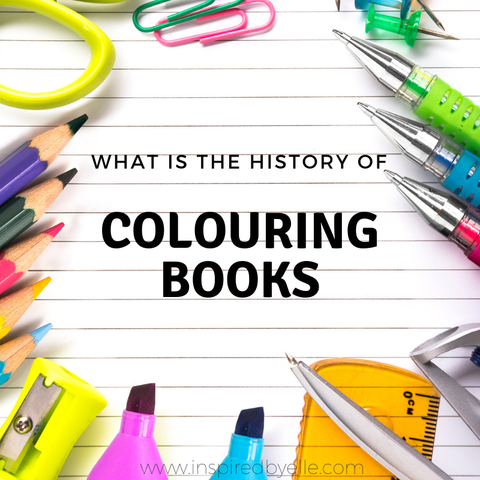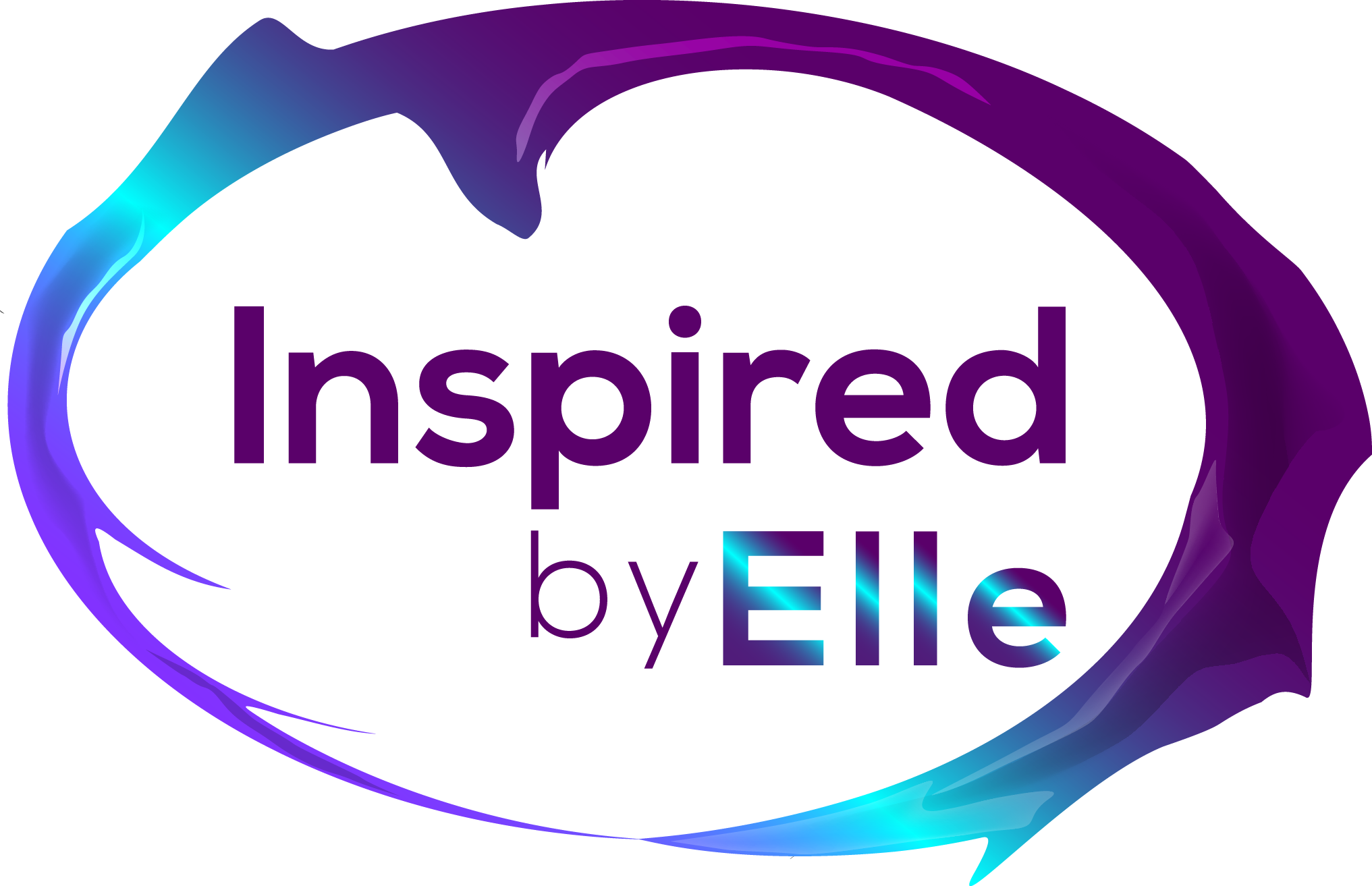What is the History of Colouring Books
What is the History of Colouring Books?

Whether old or young, we get drawn to colouring books but for different reasons. They provide both kids and adults with a fun creative outlet. Colouring has, from the earliest times, always been a popular recreational and fun activity. As we grew up, many of us will recall spending hours on a colouring book as we tried colouring within the lines. It made the perfect activity to pass time on a winter or rainy day when going out to play was not an option. Many psychologists have also recommended starting kids at an early age on colouring books as it’s good for their motor skills, cognitive development, and boosts creativity.
Towards the close of the late 19th and the early 20th centuries, the children’s educational reform movements helped in shifting long-held views about education’s role in terms of achieving social progress. Colouring books became an interactive tool for children’s educational and entertainment purposes, hoping to give them an advantage in life by boosting creativity.
Who invented the first colouring book?
The colouring of books was around even before the crayon era. For example, Crayola, the famous crayons making company didn't start producing recognizable crayons until the early 1900s. This means that the early colouring books were essentially "painting books", usually illustrated using watercolours. After the advent of the colouring books around the 1880s, in no time they became a key component of childhood development in the West. The mass-popularization and usage of crayons in the 1900s greatly contributed to that, and by 1922, many newspapers were already publishing drawings that were designed for colouring.
Although they are currently a bestselling, trendy genre, colouring books have a rich and vibrant history. The truth is that they have been with us from the 1880s! Painter Sir Joshua Reynolds first suggested the concept as a way of democratising art. He was inspired by lectures and works of Johann Heinrich Pestalozzi, a Swiss educator and Friedrich Frobel, his student. The belief was that book colouring boosted spiritual edification and enhanced cognitive abilities, thus improving an individual’s future prospects.
Based on this concept, the first colouring book, titled ‘The Little Folks Painting Book’, illustrated by Kate Greenaway, got published in 1879 by trailblazers McLoughlin Bros in the United States. The 60s are considered by many to be the “golden age” of colouring books because nearly all famous characters and products got captured on them.
Is there a direct connection between history and colouring?
The early Egyptians appreciated life as clearly manifested through their unique art. Representations of people having a good time - whether when living or in the next life are plentiful in Egyptian history and culture. Aesthetic considerations also had a special place among the Egyptians. Their architecture and art is characterized by symmetry. Even their elaborate writing system known as hieroglyphics was set down for visual beauty.
Colour had a special place and each shade had its own unique symbolism. Recognizing the symbolism of the colours used, allows us to have a clearer understanding of the intended message and greater appreciation of Egyptian art. Today, we learn so much about the ancient Egyptians by studying their art and colouring.
The revival of colouring
Colouring is experiencing a revival across the globe– and this time it’s for adults. The new upsurge started several years ago with French publishers making a huge success by marketing colouring books as a kind of ‘art therapy’ to help adults escape everyday life stresses. Soon after, French women in their thousands joined the bandwagon, and books colouring became the fashionable trend, even outselling cookery books. In Down Under, ‘colouring circles’ are the new rage, with groups of passionate colouring fans scribbling together at their favourite local coffee shop.
And in the Big Apple, clubs, popularly referred to as Bring Your Own Crayons are gaining popularity quickly. In the US, scribbling devotees can also take part in colouring parties, where they can colour books and chat the night away. Colouring is becoming a huge showbiz affair in South Korea as famous pop stars are regularly publishing their completed creative works online for their fans. In the UK, colouring books is having lots of celebrity backers like Nigella Lawson. Whatever your interests and tastes, I am sure that there is a perfect colouring book for you.
Why have colouring books survived the test of time?
Like juice boxes, whipped cream, and slumber parties, today, book colouring is for everybody and not just for the children. There is a vast huge collection of such books that now appeal to a more mature crowd out there and fit for any coffee table. They have lots of uses that go beyond the traditional goals of enjoyment and beauty.
Adult colouring books help in alleviating a number of health issues. For many people, boredom and stress are some of the greatest triggers to these health-related issues. This typically affects persons with stress disorders, depressive disorders, obsessive-compulsive disorders, anxiety disorders, anger management issues, binge eating disorders, and substance abuse issues. The focus it takes and the time that adult colouring consumes helps in removing the focus from these negative habits and issues.
Psychologist Carl Gustav Jung became the first professional to utilize colouring pages as a technique of relaxation and way of self-expression. Jung prescribed mandalas colouring as a part therapy for his patients. As is clearly evident from above, adult colouring books are highly effective in a diversity of scenarios and the rationale behind their use has stood the test of time.
What were the main focus topics for colouring books and why?
Whether you are an artistic soul seeking creativity or perhaps you want the calming and soothing effects of mindfulness, reasons are plenty for loving adult colouring books. And, from the time human beings began indulging in this pursuit, more and more colouring books have been produced bearing all kinds of unusual and crazy themes.
At the very basic, adult colouring books are in three flavours: artistic, therapeutic and novelty. When all is said and done, however, you buy a colouring book because of its beauty, creativity in design, and artistic thrill. Therapy colouring books in contrast, give less focus on aesthetics and are more inclined to relaxing colouring. Novelty colouring books, on the other extreme lean hard on the satirical distance between the message and the medium, concentrating on sheer anarchic absurdity.
Today, unlike the past, colouring books are not just about politics for they appeal to a broader audience. They are much more going by the growing number of adults who are turning to them for different uses. Yes, colouring books can be relaxing, calming, therapeutic, problem-solving, and educational.
References:
http://mentalfloss.com/article/91311/10-colorful-facts-about-coloring-books
https://www.yours.co.uk/health-and-wellbeing/health/articles/7-fun-facts-about-adult-colouring-books
https://www.vox.com/2015/9/2/9248663/coloring-book-history
https://www.huffingtonpost.com/dr-nikki-martinez-psyd-lcpc/7-reasons-adult-coloring-books-are-great-for-your-mental-emotional-and-intellectual-health_b_8626136.html
http://www.maryevans.com/archiveBlog/?p=1402
https://www.vox.com/2016/4/7/11379952/adult-coloring-books
https://www.ancient.eu/article/999/color-in-ancient-egypt/
Leave a comment
Comments will be approved before showing up.


